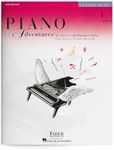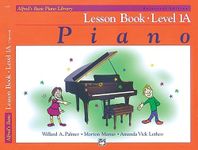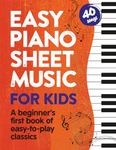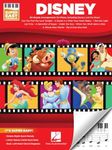Best Piano Books For Kids
From leading brands and best sellers available on the web.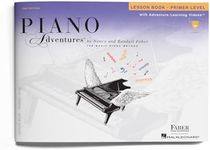
Faber Piano Adventures
Piano Adventures: Lesson Book - Primer Level, 2nd Edition | Beginner Piano Method Book for Kids and Adults | Sheet Music for Learning Notes Rhythm and C 5-Finger Patterns | Faber Piano Teaching Book
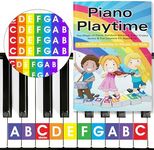
QMG
QMG Rainbow Color Piano and Keyboard Sticker and Kids Piano Learning Book Easy to Follow Instructions for Kids, Beginner Piano Book for Children, Easy Piano Sheet Music for Kids
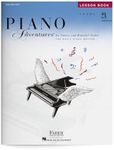
Faber Piano Adventures
Piano Adventures: Lesson Book - Level 2A, 2nd Edition | Beginner Piano Method | Learn Eighth Notes Chords and Sight Reading | Sheet Music Songbook for Early Learners | Faber Piano Book for Kids
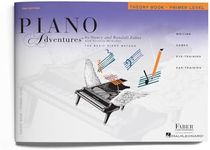
Faber Piano Adventures
Piano Adventures: Theory Book - Primer Level, 2nd Edition | Beginner Piano Theory Workbook | Faber Piano Book with Music Note Reading and Rhythm Practice | Piano Sheet Music Book for Ear Training
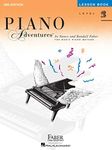
Faber Piano Adventures
Piano Adventures: Lesson Book - Level 2B, 2nd Edition | Beginner Piano Method for Kids and Adults | Sheet Music Songbook to Learn Major Scales and Chords in C G F | Faber Piano Method Book
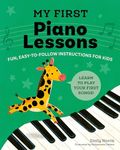
42%OFF
My First Piano Lessons: Fun, Easy-to-Follow Instructions for Kids
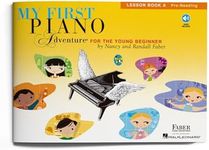
Faber Piano Adventures
My First Piano Adventure: Lesson Book A | Beginner Piano Book for Kids Ages 5–6 with Online Audio | Pre-Reading Music Theory and Rhythm Games | Faber Sheet Music Songbook for Young Pianists

Faber Piano Adventures
Piano Adventures: Performance Book Primer Level - 2nd Edition | Beginner Piano Sheet Music for Kids | Educational Piano Songbook for Young Learners | Early Piano Method for Children and Students

Faber Piano Adventures
Piano Adventures - Performance Book - Level 2A (2nd Edition) | Educational Sheet Music Songbook for Piano Students and Beginners by Nancy and Randall Fiber | Elementary Piano Sheet Music for Kids
Our technology thoroughly searches through the online shopping world, reviewing hundreds of sites. We then process and analyze this information, updating in real-time to bring you the latest top-rated products. This way, you always get the best and most current options available.

Most Popular Categories Right Now
